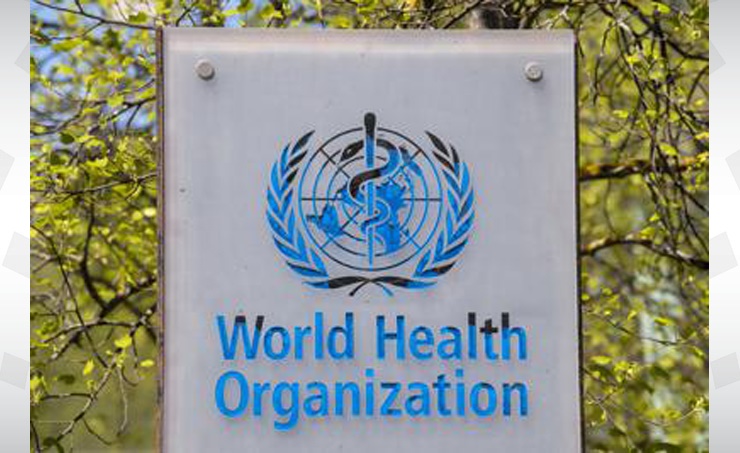Geneva : The World Health Organization is creating a global training center to help poorer countries make vaccines, antibodies and cancer treatments using the messenger RNA technology that has successfully been used to make COVID-19 vaccines.
At a press briefing in Geneva on Wednesday, WHO Director-General Tedros Adhanom Ghebreyesus said the new hub will be in South Korea and will share mRNA technology being developed by WHO and partners in South Africa, where scientists are working to recreate the COVID-19 vaccine made by Moderna Inc. That effort is taking place without Moderna’s help.
It’s the first time that WHO has supported such unorthodox efforts to reverse-engineer a commercially-sold vaccine, making an end run around the pharmaceutical industry, which has largely prioritized supplying rich countries over poor in both sales and manufacturing.
Both Moderna and Pfizer-BioNTech, makers of the two authorized mRNA COVID-19 vaccines, have declined to share their vaccine recipe or technological know-how with WHO and its partners.
WHO’s chief scientist Dr. Soumya Swaminathan estimated that the attempt to recreate Moderna’s vaccine would probably not yield any usable shots until late next year or even 2024, but said that timeline could be shortened considerably if the manufacturer agreed to help.
The global disparity in access to COVID-19 vaccines is enormous. Africa currently produces just 1% of the world’s COVID-19 vaccines and only about 11% of its population is immunized.
In contrast, a European nation like Portugal has had 84% of its population fully vaccinated, and over 59% of its people have also had a booster shot.
Last week, WHO said six African countries — Egypt, Kenya, Nigeria, Senegal, South Africa and Tunisia — would receive the knowledge and technological know-how to make mRNA COVID-19 vaccines.
Tedros said Wednesday that five more countries would now receive support from the South Africa hub: Bangladesh, Indonesia, Pakistan, Serbia and Vietnam.
Scientists attempting to make Moderna’s vaccine say there is more information about that shot in the public domain and it’s believed to be slightly easier to manufacture than the one made by Pfizer-BioNTech.


